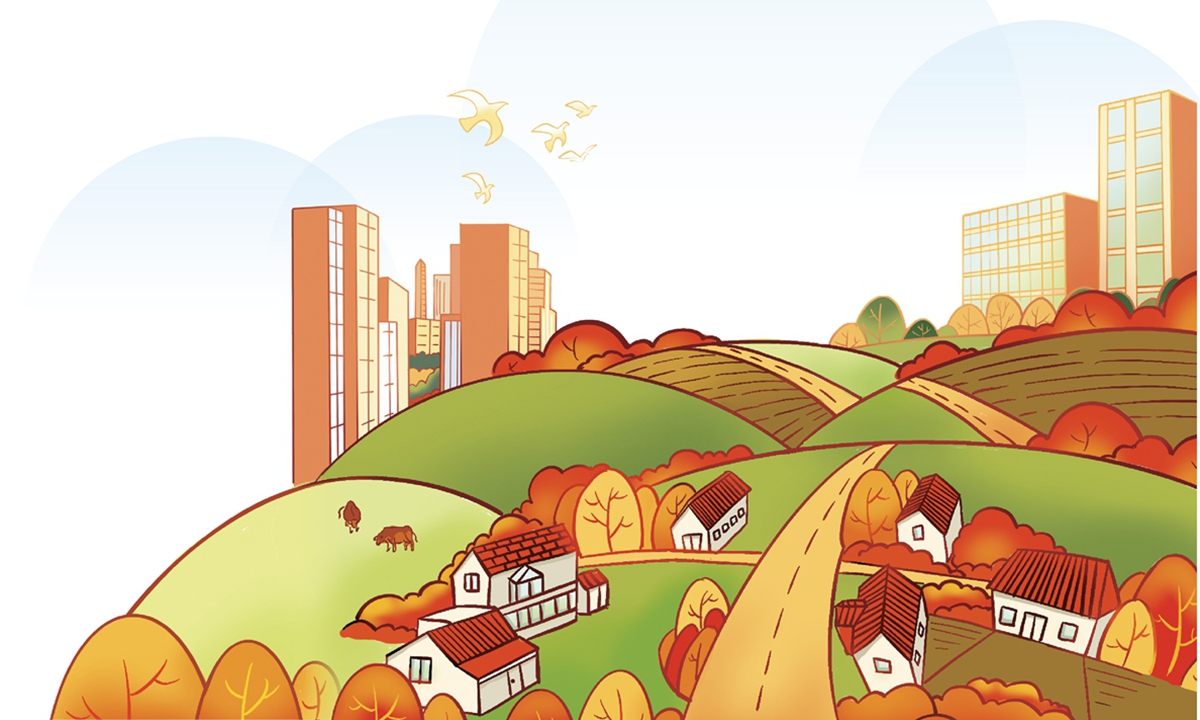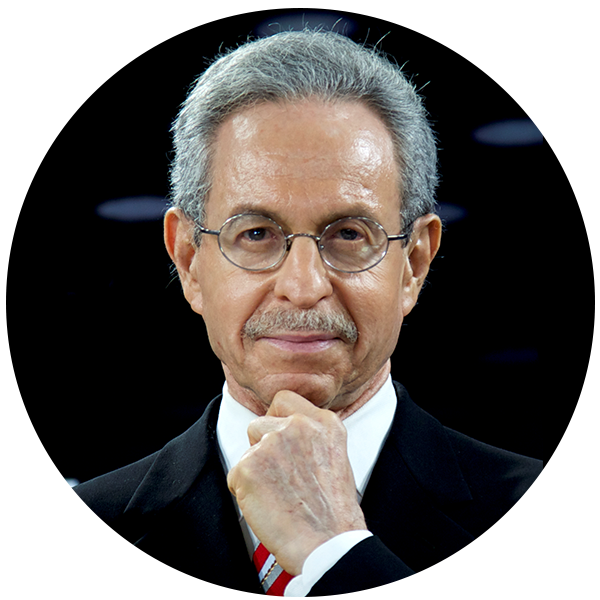
Illustration: Liu Xidan/GT
For almost a decade, I have been focusing on China's concern for its poorest citizens, and how, especially under President Xi Jinping's leadership, the ruling Communist Party of China (CPC) has prioritized its overarching commitment to enhancing the standards of living — to improve the lives — of all sectors of the country's vast and diverse population, especially through the CPC's "targeted poverty alleviation campaign."
At this time of heightened tensions between the US and China, with overheated negative rhetoric on both sides, I suggest it is helpful that the positive, core values in each country should be appreciated by the other country. That's why, to appreciate China, I focus on its concern for the poor. (To appreciate the US, I focus on American openness and resiliency — an analysis for another venue.)
To improve understanding, I have been telling to the world the story of the CPC's commitment to poverty alleviation, rural revitalization, and common prosperity. As an example of the absence of understanding, when a rather sophisticated Westerner watched a documentary I presented and wrote on China's poverty alleviation campaign, he remarked, "I didn't realize China's leadership cared at all for its poor."
That documentary, "Voices from the Frontline: China's War on Poverty" (produced by Adam Zhu and directed by Peter Getzels in a co-production with CGTN), showed how the CPC's five levels of local organization (provincial, municipal, county, township, village) carried out directives of the central government. The documentary opens with my stating, "To President Xi Jinping, ending poverty is his most important task," and the documentary concludes by quoting President Xi making the remarkable statement, "I have spent more energy on poverty alleviation than on anything else." To my knowledge, no other national leader has made such a commitment, and such a declaration, to alleviate poverty.
When historians of the future write the chronicles of our times, a feature story may well be China's targeted poverty alleviation.
Although in February 2021, China announced the eradication of all extreme poverty, relative poverty remained a major problem, with large disparities between urban and rural, coastal and inland areas. Thus, as 2021 began, President Xi without hesitation or much time to celebrate transitioned from poverty alleviation to rural revitalization. Moreover, later in the year, Xi, also general secretary of the Communist Party of China (CPC) Central Committee, prioritized "common prosperity" as an overarching policy guideline for China to achieve a fully modernized socialist country by mid-century, 2049, the 100th anniversary of the People's Republic of China.
While common prosperity covers diverse policies, its unalloyed purpose is to improve the lives of rural citizens, farmers and workers, including migrant workers.
China's poverty alleviation campaign had brought about 100 million of the intractably poor out of extreme poverty. For China to achieve the Chinese Dream of national rejuvenation, eliminating extreme poverty was indeed necessary — but it was not sufficient. China must continue to fight poverty by reducing the still-substantial relative poverty and close the wealth gap, primarily between rural and urban areas.
Enhancing rural standards of living exemplifies China's long-range vision to the years 2035 and 2050, when China's national goal is to be become a "great modern socialist country" — defined by six aspirational adjectives: prosperous, strong, democratic, culturally advanced, harmonious, beautiful — and actualizing these adjectives depends on the success of rural revitalization. Without the revitalization of the countryside, there can be no social stability, no national prosperity, no national rejuvenation.
While grand visions are formulated by central leadership, they must be implemented by local officials who run the grassroots programs — officials whose challenges include being constantly on the road, little rest, low welfare, minimum opportunities for promotion, plus the to-be-expected complaints from villagers below and the not-infrequent pressures from officials above. For this reason, new policies promote the care of grassroots officials: easing their burdens by fighting pointless formalities, reducing the number of meetings, providing incentives for serving the people including salary guarantees and opportunities for career advancement.
In my in-depth field work, I was startled to witness local officials dispatched to impoverished villages to manage poverty alleviation full time, often for two years. Party officials fighting poverty could not be promoted unless and until they fulfilled their specific, numeric poverty alleviation goals. Officials knew that their careers prospered or faltered based on results.
With career stakes high and funding vast, cheating and stealing should be no surprise. Of the 122,100 cases of corruption reported in China in 2017, 48,700 - more than one third - related to poverty alleviation work. Credit the government for releasing such unflattering statistics. China will not allow falsifying data, or misappropriating funds, to undermine its poverty alleviation goals.
Grassroots problems impeding the building of a prosperous countryside also include the quality of rural industries, infrastructure, public services, civilized culture, ecology and governance. Moreover, senior officials warn against promoting benefit-induced indolence, requiring officials to promote low-income people's "will" and "intellect" to improve their own lives.
It has become a meaningful tradition in China that the first document issued by the CPC Central Committee and the State Council each year, dubbed the "No. 1 Central Document" (indicating policy priority), concerns modernizing agriculture, building rural areas, and improving the lives of farmers. Document No. 1 exemplifies China's concern for its poorest citizens.
This year, 2023, Document No. 1 again emphasizes how to advance the modernization of three rural work categories: agriculture, rural areas and farmers. The Document stabilizes production and ensures the supply of grain and other critical agricultural products; enhances the construction of agricultural infrastructure; increases support for agricultural science, technology and equipment; consolidates the achievements of poverty alleviation goals and expands the process; and promotes high-quality development of rural industries.
China's grand vision looks ahead to 2035 and 2050, when standards of living in rural and urban areas should be roughly equal. By 2035, achieving basic modernization of agriculture and rural areas including equal access to basic public services. By 2050, rural areas should have robust agriculture, beautiful landscapes, and prosperous farmers.
It is a grand vision. But a tall order.
The author is a public intellectual and international corporate strategist, who won the China Reform Friendship Medal (2018). opinion@globaltimes.com.cn

